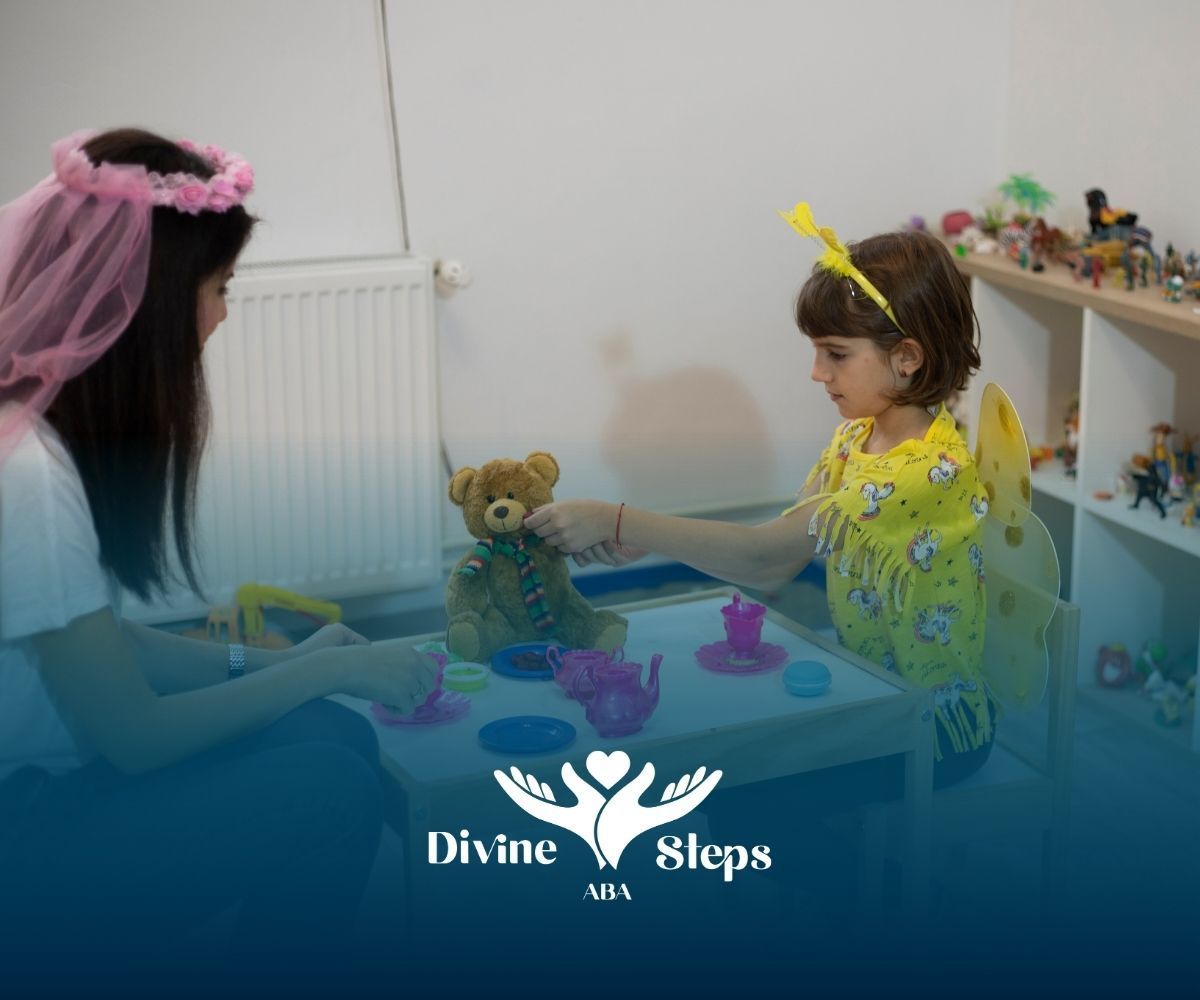Website by CWS
ABA Therapy Results Explained: How to Know It’s Truly Working
Key Highlights
- Understand how ABA therapy helps autistic children and individuals with developmental disorders improve essential skills.
- Learn to identify key indicators of progress through the principles of applied behavior analysis.
- Explore the importance of tailored treatment plans and regular data collection to track progress effectively.
- Recognize the use of positive reinforcement in encouraging desired behaviors and reducing problem behaviors.
- Discover red flags that may suggest the need to adjust current ABA therapy programs.
- Understand how involving parents enhances the effectiveness of ABA therapy and supports the child’s progress.
It’s natural to want quick results when your child starts ABA therapy. But meaningful progress can sometimes feel slow and hard to measure—especially in the early days.
One father I worked with in Maryland told me he was worried after the first few sessions of in-home ABA therapy. His daughter seemed quiet and reserved during therapy, and he wasn’t sure she was learning. But within two months, she started initiating play with her siblings at home. That small step was a huge breakthrough, and it was only the beginning.
Here’s how you can tell if ABA therapy is truly working for your child.
What Makes ABA Therapy Effective
Individualized Assessment and Customized Goals
A good ABA program always starts with a personalized assessment by a Board Certified Behavior Analyst (BCBA). This step identifies your child’s unique needs, whether it’s improving communication, reducing tantrums, or building independence.
From there, the BCBA creates tailored goals that are realistic and measurable. For example, if a child struggles with communication, the plan might focus on building vocabulary, teaching sign language, or introducing an assistive device.
Data Collection and Analysis
According to research published in the Journal of Autism and Developmental Disorders, children receiving intensive ABA therapy show 30–40% greater improvements in targeted skills compared to those without structured interventions (Lovaas, 1987).
Therapists track every session with data—recording how often a child uses a new word, completes a task, or avoids problem behaviors. This ongoing tracking ensures the therapy stays effective and evolves as the child progresses.
Signs ABA Therapy Is Working
Progress in Targeted Skills
- Better Communication: Your child begins using words, gestures, or communication devices to express needs more clearly.
- Improved Social Interactions: They may initiate play with peers, maintain eye contact, or join group activities more often.
- Independence with Daily Tasks: Skills like brushing teeth, packing a backpack, or following a simple routine become easier for them.
- Reduction in Problem Behaviors: Tantrums, self-injury, or aggression happen less frequently over time.
Generalization and Independence
One of the clearest signs ABA is working is when your child applies skills learned in therapy to real-life situations. For example, if they practice greeting people during sessions, you’ll start seeing them say hello at home, at school, or in the community.
Increased independence—like dressing themselves, following a classroom routine, or helping with simple chores—is also a strong indicator that progress is taking hold.
How Progress Is Measured in ABA
Skill Assessments and Progress Reports
Therapists regularly review progress to ensure goals are being met. These check-ins include skill assessments that measure how much a child has improved in areas like communication, play skills, and daily living tasks.
Progress reports often highlight:
- A growing vocabulary and better expression of needs
- Improved engagement with peers and adults
- Greater independence in self-care and daily routines
Visual Behavior Tracking
Therapists often use charts or graphs to make progress easy to see. For example, a simple line graph showing a steady drop in tantrums or a rise in successful communication attempts provides a clear, data-driven picture of what’s working.
How Parents and Caregivers Can Support ABA Success
Working Together on Goals
When parents collaborate with therapists, the therapy feels more meaningful and practical. ABA goals become aligned with real-life priorities, like bedtime routines or getting ready for school.
A BCBA might say, “Parents’ input is vital because it helps us ensure skills learned in therapy translate into everyday life.”
Sharing Observations from Home
Parents who share what they see at home—both improvements and new challenges—help therapists make more accurate decisions about updating the plan. This ongoing communication ensures therapy stays relevant and effective.
When It Might Be Time to Reassess
Lack of Noticeable Progress
If several months go by without measurable improvements—or if your child’s behavior seems to regress—it may be time to review the plan. A BCBA might suggest adjusting strategies, increasing session frequency, or even adding complementary approaches like pivotal response training.
Few Changes to the Plan
ABA programs should evolve as a child’s needs change. If the goals remain the same for too long without progress, it might mean the therapy isn’t being adjusted responsively. Regular reviews should happen at least every few months.
Conclusion
You can tell ABA therapy is working when you see meaningful improvements in your child’s communication, social interactions, independence, and overall behavior. Data from therapy sessions—combined with what you see at home—should show clear signs of growth over time.
The best outcomes happen when parents and therapists work together, regularly reviewing progress and adapting plans to meet your child’s evolving needs. With consistency, collaboration, and flexibility, ABA can help build valuable life skills that last well beyond therapy sessions.
At Divine Steps ABA, we specialize in evidence-based therapy that helps children build meaningful skills that last a lifetime. Our compassionate, experienced team provides individualized ABA therapy in Maryland, Virginia, and North Carolina, focusing on real progress you can see—at home, at school, and in the community.
Take the first step toward your child’s growth today. Contact Divine Steps ABA now for a free consultation.
Frequently Asked Questions
How long does it take to see results from ABA therapy?
Results from ABA therapy can be different for each child. You may start to see changes in a few weeks, but sometimes it can take a few months. The child's age, how serious the challenges are, and how often you do the therapy all play a part in how fast it works. Regular check-ins are important. They help see what is working and if anything needs to change.
What should I do if I don’t notice progress in my child?
If you do not see any progress in your child, talk with the therapist about it. Ask for a look at the therapy plan and ways to help your child be more involved. Work together to change the methods and goals, so your child gets support that fits their specific needs well.
Can ABA therapy goals change over time?
Yes, ABA therapy goals can change as time goes by because the needs and abilities of a child can change. It is good to check on the child often to see what they need now. These check-ins help make sure that the help the child gets is still right for them. When we see the child needs something different, we can change what we do to help them learn new things and manage their actions better. This way, BA therapy keeps working well as the child grows.




